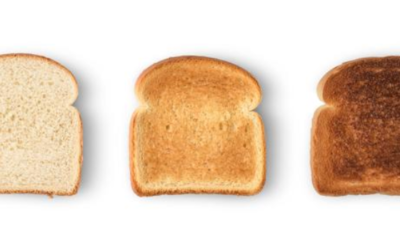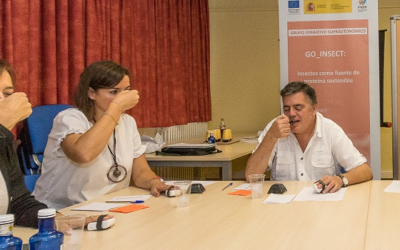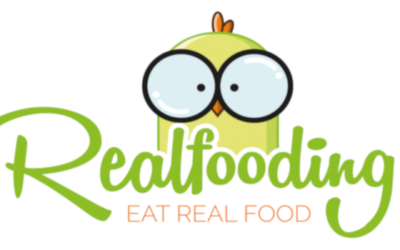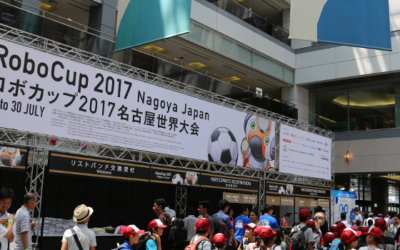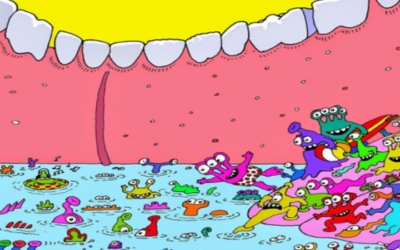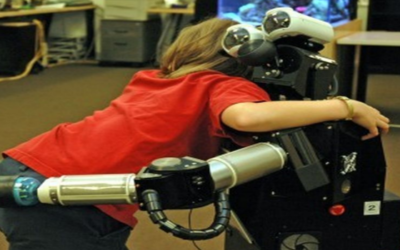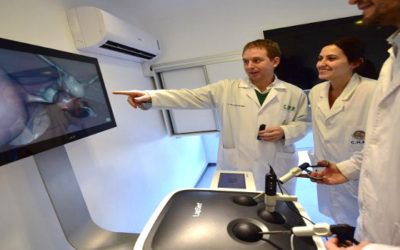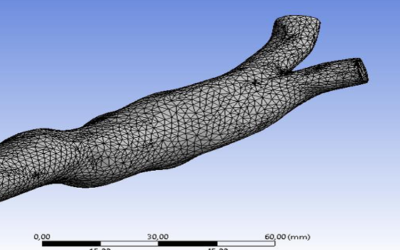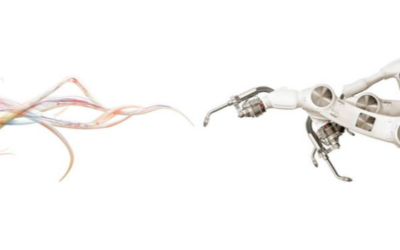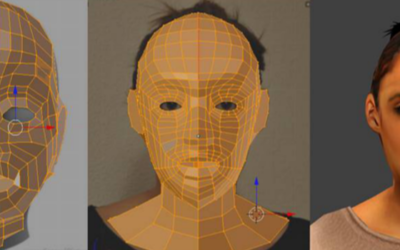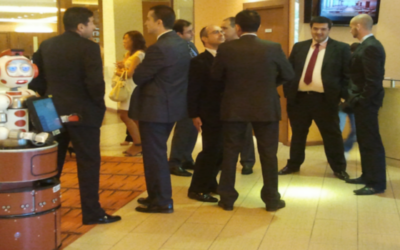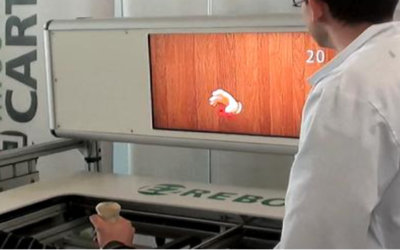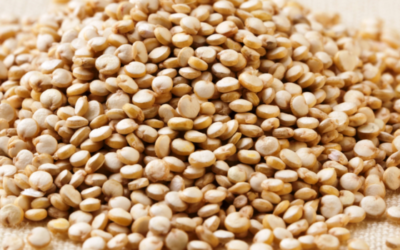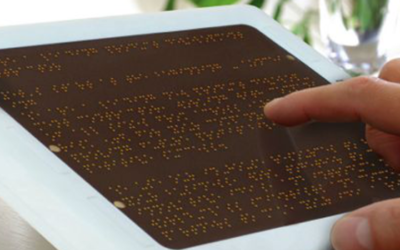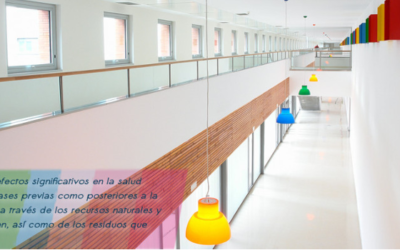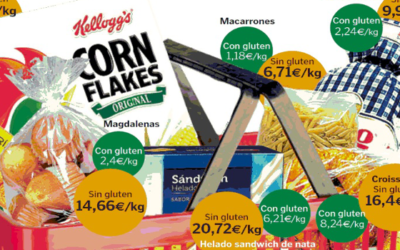BLOG CARTIF
Health and Quality of life


Health & Quality of life
Are we talking properly about Artificial Intelligence?
What is generally understood by Artificial Intelligence - or AI?. It is a pervasive term nowadays, that appears not only in secluded and obscure academic circles hidden from the rest of society. Most of us have, to some degree, already heard the term. AI is not...
It´s my life and I want to keep deciding about it
Since the beginning of the times they exist few things that we know they are going to happen with totally security. The world is full of happenings and alleatory events very difficult to predict, even for our partner artificial intelligence, which often seems to be a...
Extending the years of life in a natural way
Oddly enough, old age is a relatively new phenomenon in western society. Since the XIX century when, thanks to the progress of the industrial and scientific development, increases the number of old people and their life expectancy, but at the same time increase the...
The new paradigm we are waiting
New technologies bring important changes in all sense of humanity life. Specifically, artificial intelligence (AI) is going to change the very meaning of the concept of ‘human being’ and even the concept of work, which has always been so closely linked to us. The...
The passage of time
It is curious how, at the moment we find ourselves, our sense of time has been so disrupted due to the confinement to which the entire population is subjected. Humanity has developed all kinds of tools that allow us to feel we have everything under control. That is...
On World Health Day, #stayhome but do it in a healthy and active way
April 7 is World Health Day. It is paradoxical that this year we will celebrate it confined due to a global pandemic. However, although #Istayhome, life goes on and we cannot let our guard down when it comes to health. Each of us associates the fact of being at home...
October 16th, World Food Day: #ZeroHunger
#ZeroHunger is the motto for the World Food Day that is celebrated on October 16 leaded by the Food and Agriculture Organization of the United Nations (FAO) worldwide. #ZeroHunger is also part of the Sustainable Development Goals (SDG) of the World Health Organization...
Trump, Google and Huawei, commercial war or technological war?
The end of Game of Thrones has left many of us an existential vacuum and an unprecedented duel. Precisely when we entered the acceptance phase, a new series of creators of "The Wall", "Tension with North Korea" and "The crisis of Venezuela" comes to our screens: 'Game...
Acrylamide has a special ‘COLOR’
From the creators of “What doesn´t kill you makes you fatter or is a sin” and "You don´t know what to eat" appears "Take care if you like overcooking!" and "Nightmare in the kitchen, there is acrylamide in your food". For years it was known that acrylamide was a toxic...
Would you eat insects?
Entomophagy, or insect consumption by humans, is not a novelty to anyone. Diets based on insects and arthropods are fully accepted in many countries and cultures, especially in South America, Asia or Africa. Even they are a real delicacy for some gourmets experts, for...
The recommended intake of sweet consensus
Last July, EFSA published a protocol that sets out the strategy to follow for the collection of data that will be used for the development of a Scientific Opinion that establishes the maximum tolerable level of sugar intake. I know it could seem confusing, let me...
Realfooding, fad or is it here to stay?
The macrobiotic diet, dissociated, pineapple, onion soup, detox ... are infinite diets that have become fashionable since the issues of food and nutrition began to interest me. And it's not to start in a destructive way but none of them has convinced me from the point...
Spanish Food Industry: forced to improve the food composition
Food is a trending topic. It is known that a good diet is that which nutrients and food are properly combined, which allows a good state of health. However, disorders in the diet are currently a real challenge for public health. The growing figures of obesity and...
RoboCup: the world’s largest robotic competition
The main interest of this event "Robocup" is the advances in development of service robots, whose goal is to help humans in their daily life At the end of July it took place in Nagoya Japan RoboCup 2017, and for the first time, I had the great opportunity to...
With M of Microbiome
In recent years the definition of the human microbiome has been postulated as an essential tool for medicine, pharmacy, nutrition and other disciplines in order to understand the role of microorganisms present in the body on health and immunity. In fact, the...
It is a robot and it has feelings (II)
In an earlier post titled "It's a robot and it has feelings" I discussed about the possibility of incorporating "feelings" into robots in a similar way as human emotions are displayed when facing external stimuli. Following that post, an obvious question arises: But...
Smart, something more than your mobile phone
The SMART term has become part of our life. Thus, if we introduce it in Google about 1.8 million entries appear, which gives us an idea of how widespread it is. Now, not only phones are smart, we also find this term applied to watches, televisions, homes, cars or...
Augmented Reality and Health (II)
In a first approach to the world of Augmented Reality, we established the differences between technologies of mixed, augmented and virtual reality. In this second installment, we are going to review the applications that are already being made of these realities in...
Augmented Reality (AR) and Health (I)
Technology is very present in our lives. Proof of this is the increasing use of computers, smartphones, tablets and video games. Technology helps us with daily tasks, provides entertainment and fun, but can also improve fields such as medicine and health by helping to...
Living between dioxins and furans
Few days ago, the European project LIFE DIOXDETECTOR was closed in CARTIF. The main objective was the application of a new analytical technique for the quantification of dioxins and furans, being this new technique, mainly, more sensitive and faster with respect to...
Wearables for women
You can think that the design of differentiable technology for men and technology for woman is not necessary. But, really specific wearables for women exist, especially for health topics. The others wearables, despite not being specific for woman, have a feminine...
The interoperability of Social-Health System in Spain
Before introduce our vision of interoperability of social-health system, it is needed to understand that interoperability is the ability of two or more systems or components to exchange information and to use the information that has been exchanged. As organizations...
Fighting with triple A (AAA), the silent enemy
The Abdominal Aorta Aneurysm (AAA) has been recognized as a major health problem in the last decade. The statistics associated with this condition are of great concern and, as recorded in most of the studies found in scientific literature, it is expected that its...
Medicine and Engineering: sentenced to be understood
The tools that engineering provides to the medicine are a fundamental pillar. The mathematical and computational modeling is essential to the generation of new therapeutic strategies for the treatment of diseases. Behind many of the medicine advances there is an...
Did Nikola Tesla open a door to accessibility? (II)
In my last post, published last week, I made a collection with the most interesting definitions of "Internet of things" or this "connected world" accesible for everyone without discrimination because of economic, social or functional diversity reasons. At the sprint...
Did Nikola Tesla open a door to accessibility? (I)
Nikola Tesla was a visionary engineer and physical of the 19th century. He devoted much of his life to wireless energy transmission, as have done with radio. He was the first that imagined a connected world which he described with these words: "Anyone, at sea or...
Virtual avatar for the treatment of schizophrenia
We are used to see how new technologies help people with physical disabilities: automatic wheel chairs, revolutionary prosthesis and even image or voice sensors directly connected to the brain through electrodes. But what about people with a mental disability? Let’s...
eHealth: Can videogames improve our health?
VideoGames, social networks and wearables have been installed in our lives since a few years. They occupy much of our free time, allowing new methods of interacting with families and friends. They are part of the so called Information and Communication Technologies...
Care robotics: a closer reality
The increase in life expectancy, coupled with the decline in the birth rate results in an increasingly aging population. According to projections by the National Statistics Institute, 30% of the population will be aged over 65 in 2050, and of these a third will be...
Physiotherapist or robot? Both
This is E2REBOT, our neurorehabilitation robot which enables and makes easier the rehabilitation of the upper limbs of people with some kind of neuromotor disability.
Millenary food: superfoods
Foods like quinoa (or quinua) and amaranth are consumed for centuries in the Andes regions. An example of this is that in tombs more than 4,000 years old remains of these products are found which consumption is demonstrated by cultures like the Mayans, Aztecs and...
ICT Accessibility: duty, gain and satisfaction
At a time when the technologies are present in all areas of people lives, ICT accessibility is essential to ensure equal opportunities for all people in the use and access to resources, products and services. In Spain, according to the report on Spanish Disability...
Is accessibility an option?
Human nature relativizes disadvantages and problems in depending on what they affect us, personally or our environment. With respect to Accessibility and Universal Design, today, we can find the idea that these are problems that only persons related with disability...
Gluten-free diet: Is it a new way to lose weight?
Diets are a fashion and they are always changing. Almost without respite, we passed the liquids’ diet, the lingual mesh and many more. And now, it is the gluten’s turn. It seems that the main guilty of all kind of fat problems is the gluten. But, is it true? For...
How a normal hospital can turn into a smart hospital?
LIFE Smart Hospital project researchers explain us how a normal hospital can turn into a smart hospital, in Euranet radio (audio only available in Spanish).
It’s a robot and it has feelings (I)
Can a robot have feelings? According to the science fiction world, the answer would clearly be affirmative. Films like Blade Runner; 2001: A Space Odyssey; I, Robot or ex Machina, show machines able to experience human feelings such as fear, anger or love.Despite the...
How much expensive is to be a celiac in Spain?
Celiac disease is a condition developed by people who are intolerant to gluten and is characterized by an inflammatory reaction, where the immune system mistakenly attacks the intestine as if it were an external aggressor and causes lesions in the mucous affecting...
Wearables: watchers or assistants?
The wearables provide us functions such as view the time and do calculations or improve our capabilities. They are nothing new Already in 1654, the Qing dynasty miniaturized an abacus on a ring. Today it is considered as the first wearable of the history. At the same...








